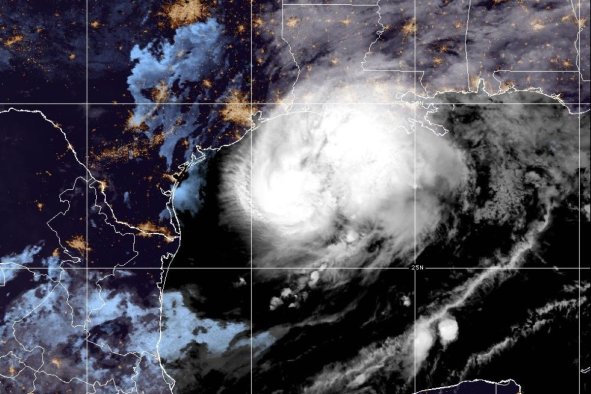A genetic study has revealed that a self-inflicted population collapse is unlikely to have caused the decline of the ancient inhabitants of Rapa Nui, also known as Easter Island.
The latest findings, published in the journal Nature, provides further evidence against the popular and controversial "ecological suicide" or "ecocide" theory.
Rapa Nui—a special territory of Chile in the southeastern Pacific Ocean—is one of the most isolated inhabited places in the world, located more than 2,100 miles west of the South American continent, and around 1,100 miles east of the closest inhabited island. It has long captured the imagination thanks to its archaeological remains, which include the iconic stone head statues known as moai.
Two prominent points of contention have arisen from the extensive study of the island's history. The first is the "ecocide" theory, which proposes that the ancient population suffered a major population collapse thanks resource overexploitation in the 1600s—prior to the arrival of Peruvian slave raiders in the 1860s and Europeans in 1722.
The second is the possibility that there was contact between the inhabitants of Rapa Nui and Native Americans across the Pacific
In order to address these questions, the study authors reconstructed the genomic history of the Rapanui, the inhabitants of the island.
They did this by analyzing the genomes of 15 Rapanui individuals who lived between around 1670 and 1950.
The work revealed no evidence of a genetic bottleneck that would correspond to a population collapse in the 17th century, as proposed by the ecocide theory.
Instead their analysis suggests that the island was home to a small population that steadily increases in size until the arrival of Europeans in the 18th century and Peruvian slave raiders in the 19th century.
The team also found that the island's ancient inhabitant exhibited Native American DNA, indicating contact. This mixing appears to have occurred somewhere between 1250 and 1430.
Do you have a tip on a science story that Newsweek should be covering? Do you have a question about archaeology? Let us know via science@newsweek.com.
Reference
Moreno-Mayar, J. V., Sousa da Mota, B., Higham, T., Klemm, S., Edmunds, M. G., Stenderup, J., Iraeta-Orbegozo, M., Laborde, V., Heyer, E., Hochstetter, F. T., Friess, M., Allentoft, M. E., Schroeder, H., Delaneau, O., Malaspinas, A.-S., Duployer, B., Coqueugniot, H., Dutour, O., Higham, T., & Sikora, M. (2024). Ancient Rapanui genomes reveal resilience and pre-European contact with the Americas. Nature, 633(8029). https://doi.org/10.1038/s41586-024-07881-4
Disclaimer: The copyright of this article belongs to the original author. Reposting this article is solely for the purpose of information dissemination and does not constitute any investment advice. If there is any infringement, please contact us immediately. We will make corrections or deletions as necessary. Thank you.



